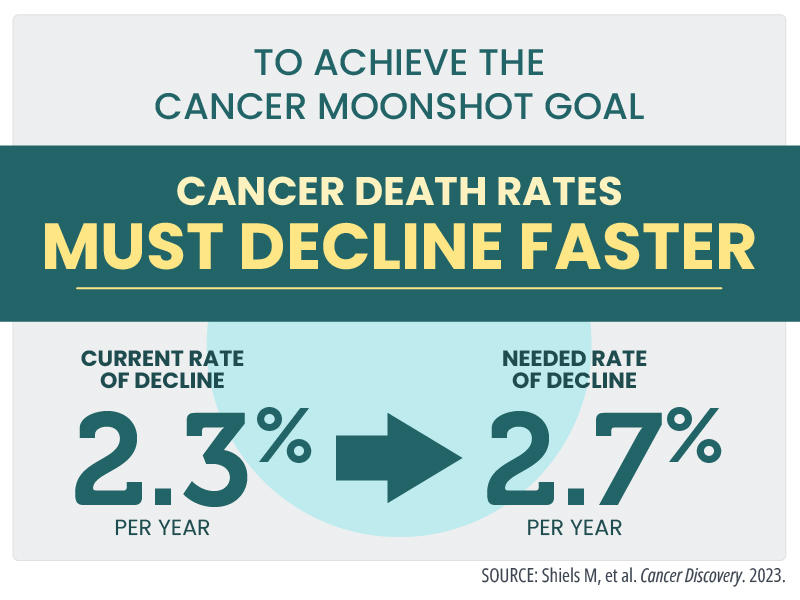YAP and endothelin-1 signaling: an emerging alliance in cancer, Journal of Experimental & Clinical Cancer Research
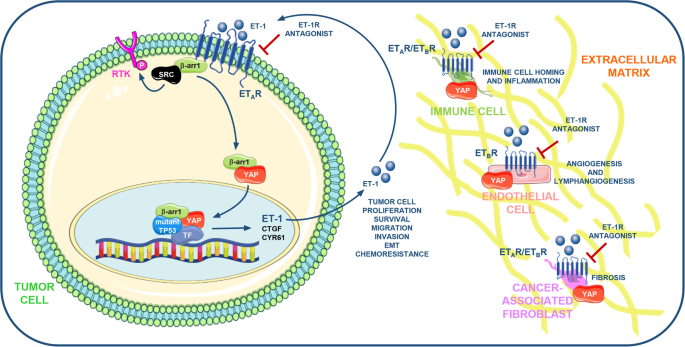
By A Mystery Man Writer
The rational making the G protein-coupled receptors (GPCR) the centerpiece of targeted therapies is fueled by the awareness that GPCR-initiated signaling acts as pivotal driver of the early stages of progression in a broad landscape of human malignancies. The endothelin-1 (ET-1) receptors (ET-1R), known as ETA receptor (ETAR) and ETB receptor (ETBR) that belong to the GPCR superfamily, affect both cancer initiation and progression in a variety of cancer types. By the cross-talking with multiple signaling pathways mainly through the scaffold protein β-arrestin1 (β-arr1), ET-1R axis cooperates with an array of molecular determinants, including transcription factors and co-factors, strongly affecting tumor cell fate and behavior. In this scenario, recent findings shed light on the interplay between ET-1 and the Hippo pathway. In ETAR highly expressing tumors ET-1 axis induces the de-phosphorylation and nuclear accumulation of the Hippo pathway downstream effectors, the paralogous transcriptional cofactors Yes-associated protein (YAP) and Transcriptional coactivator with PDZ-binding motif (TAZ). Recent evidence have discovered that ET-1R/β-arr1 axis instigates a transcriptional interplay involving YAP and mutant p53 proteins, which share a common gene signature and cooperate in a oncogenic signaling network. Mechanistically, YAP and mutp53 are enrolled in nuclear complexes that turn on a highly selective YAP/mutp53-dependent transcriptional response. Notably, ET-1R blockade by the FDA approved dual ET-1 receptor antagonist macitentan interferes with ET-1R/YAP/mutp53 signaling interplay, through the simultaneous suppression of YAP and mutp53 functions, hampering metastasis and therapy resistance. Based on these evidences, we aim to review the recent findings linking the GPCR signaling, as for ET-1R, to YAP/TAZ signaling, underlining the clinical relevance of the blockade of such signaling network in the tumor and microenvironmental contexts. In particular, we debate the clinical implications regarding the use of dual ET-1R antagonists to blunt gain of function activity of mutant p53 proteins and thereby considering them as a potential therapeutic option for mutant p53 cancers. The identification of ET-1R/β-arr1-intertwined and bi-directional signaling pathways as targetable vulnerabilities, may open new therapeutic approaches able to disable the ET-1R-orchestrated YAP/mutp53 signaling network in both tumor and stromal cells and concurrently sensitizes to high-efficacy combined therapeutics.

Mechanisms underlying divergent relationships between Ca2+ and YAP/TAZ signaling

Role of the HIPPO pathway as potential key player in the cross talk between oncology and cardiology - ScienceDirect

Engineering a vascularised 3D in vitro model of cancer progression

Development, synthesis and evaluation of novel fluorescent Endothelin-B receptor probes - ScienceDirect

Nuclear function of β-arrestin1 in ET-1 signaling. Binding of ET-1 to

PDF) Endothelin-1 and Its Role in Cancer and Potential Therapeutic Opportunities

PDF] Endothelin B Receptor, a New Target in Cancer Immune Therapy

ET-1 promotes YAP/TAZ cytoplasmic-nuclear translocation in platinum
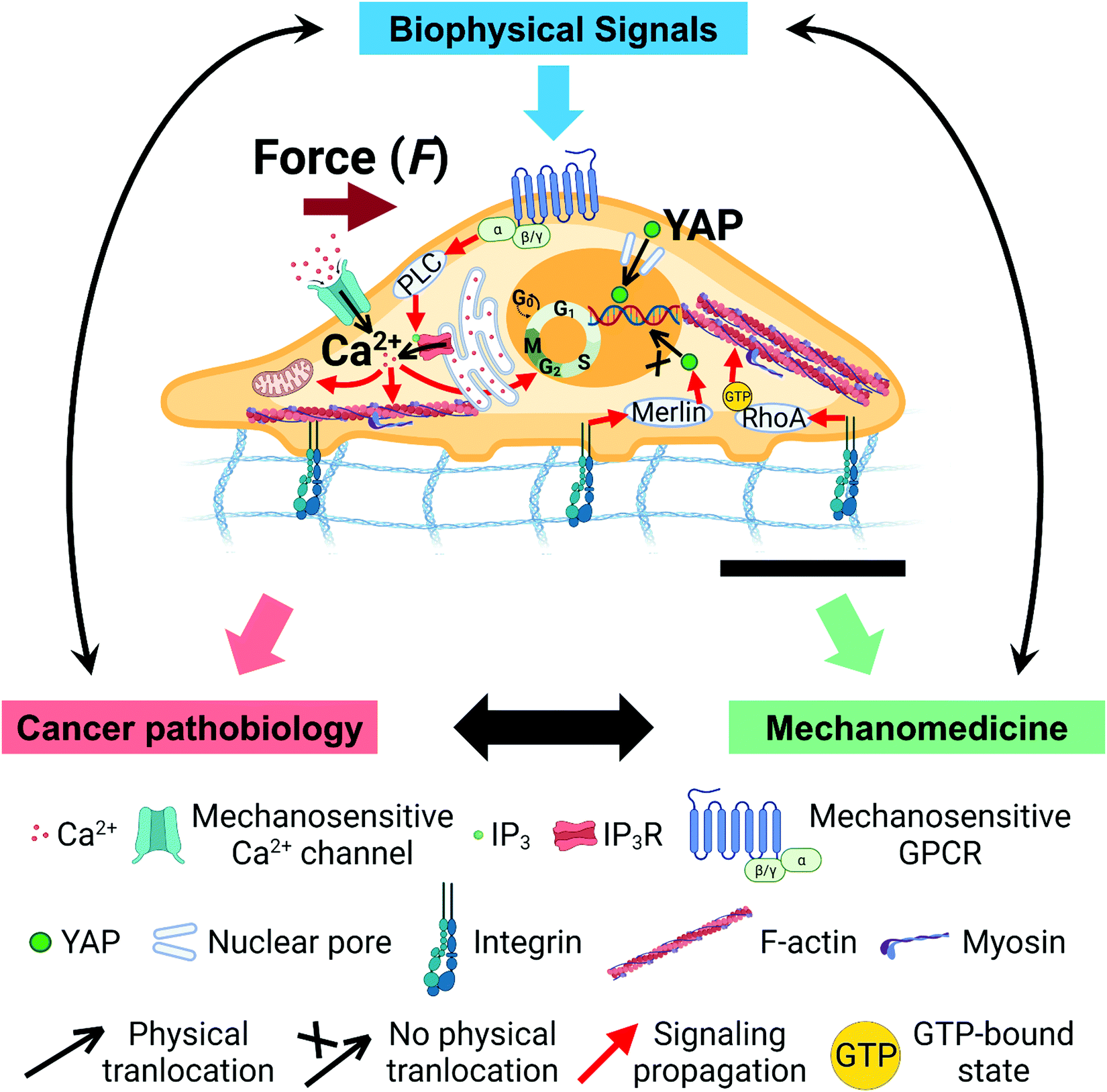
Towards an integrative understanding of cancer mechanobiology: calcium, YAP, and microRNA under biophysical forces - Soft Matter (RSC Publishing) DOI:10.1039/D1SM01618K
- Progress of Gastric Cancer Surgery in the era of Precision Medicine
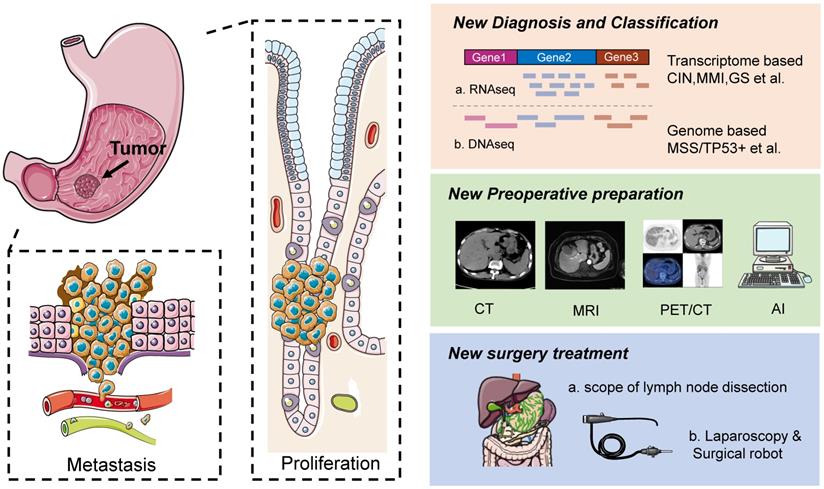
- A guide to cancer genomics

- The fascinating and evolving story of bacteria and cancer
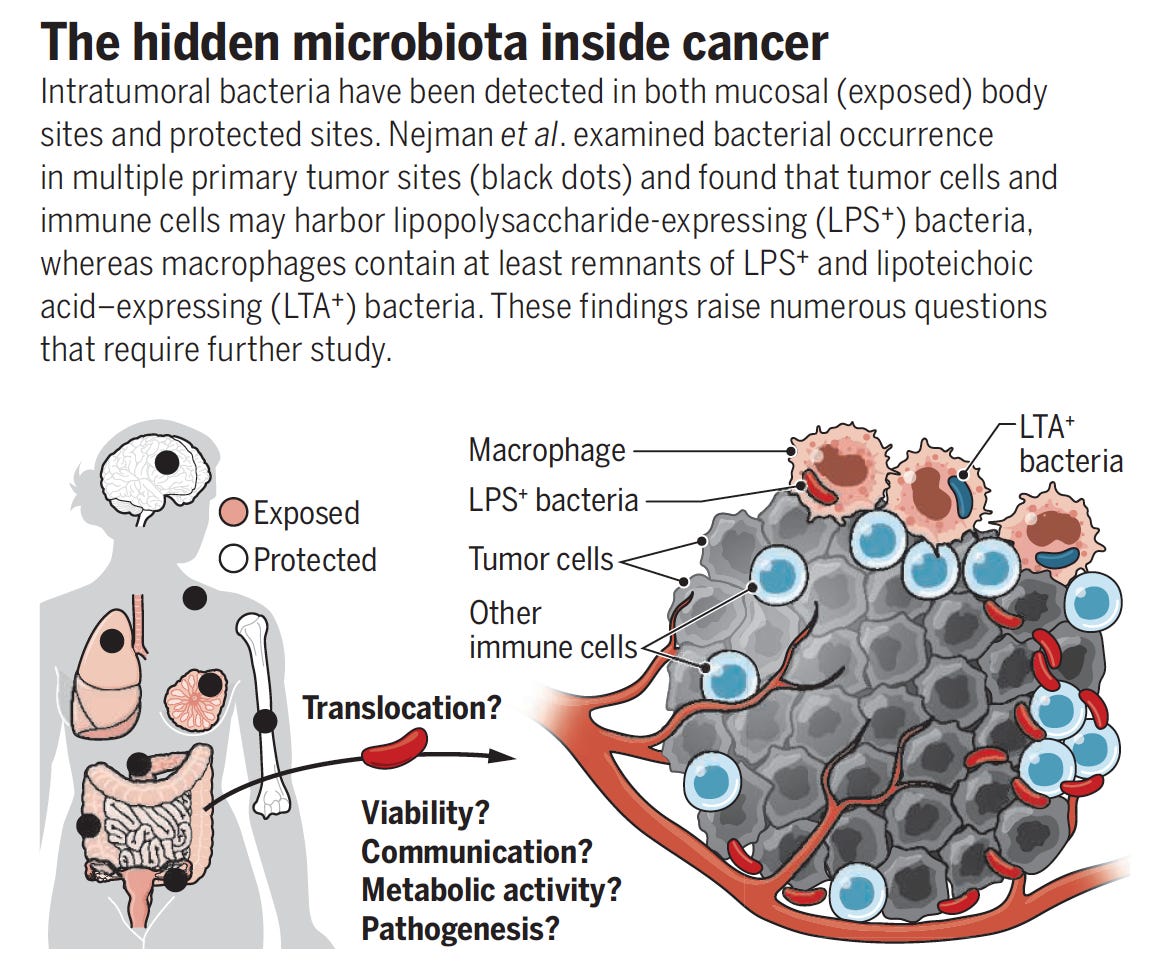
- Study Reveals a Trio of Immune Cells Vital in Response to Liver Cancer Immunotherapy
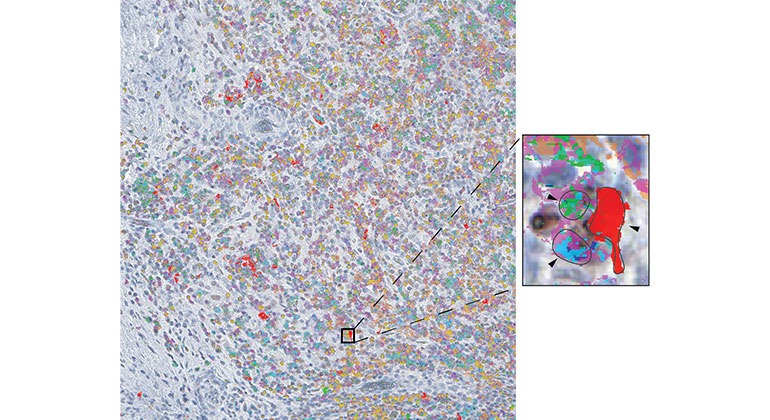
- How to reduce the cancer death rate by at least 50% over the next 25 years - NCI
